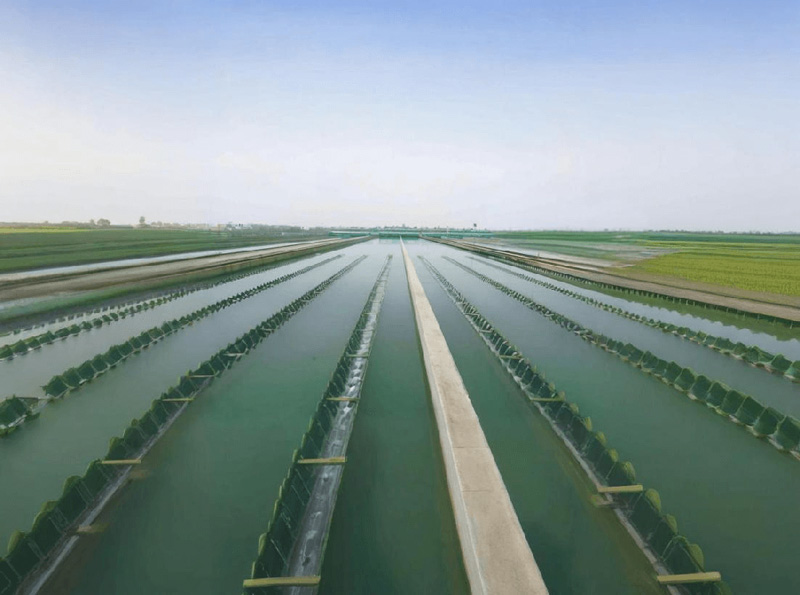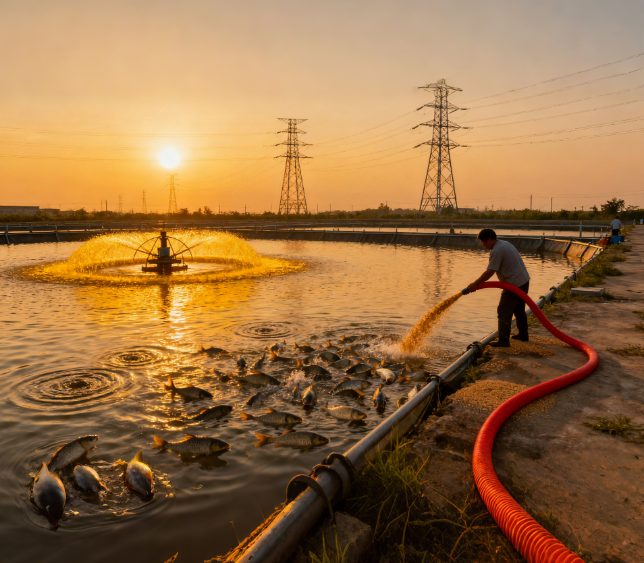Water Quality Testing Plan for Waterworks
The water quality testing plan for the Lanende Water Plant is a scientific, systematic, and comprehensive water quality monitoring system aimed at ensuring the safety, stability, and compliance of the effluent water quality from the water plant. The following is a detailed introduction to the plan:
1、Detection target
Ensure that the effluent quality meets the national "Sanitary Standards for Drinking Water" (GB/5749-2022) and relevant local standards. Timely detection and handling of water quality abnormalities to ensure the safety of residents' drinking water. Optimize production processes and improve water quality treatment efficiency.
2、Testing instruments and equipment
The water quality testing instruments provided by Lanende for the water plant include but are not limited to:
① Multi parameter water quality detector: capable of simultaneously detecting multiple key water quality parameters such as pH value, dissolved oxygen, turbidity, conductivity, residual chlorine, etc., with high-precision, real-time monitoring and automatic alarm functions.
② Online monitoring devices, such as online ammonia nitrogen monitoring devices and online total phosphorus monitoring devices, are used to monitor changes in specific water quality parameters in real time.
③ Microbial detection equipment: such as total bacterial count detector, total coliform group detector, etc., used to detect the microbial content in water.
3、Testing items and frequency
① Routine testing items:
PH value, dissolved oxygen, turbidity, conductivity, residual chlorine, etc. should be tested at least once a day. Sensory indicators such as chromaticity, odor, taste, and visible substances should be tested at least once a day. Chloride, aluminum, copper, total hardness, iron, manganese and other metal and non-metal ion contents should be regularly tested (such as weekly or monthly).
② Unconventional testing items:
Toxicological indicators such as arsenic, cadmium, chromium (hexavalent), cyanide, fluoride, lead, mercury, etc. are regularly tested (such as monthly or quarterly). Radioactive indicators such as total alpha radioactivity and total beta radioactivity should be regularly monitored (e.g. annually). Microbiological indicators such as total bacterial count, total coliforms, and heat-resistant coliforms should be tested at least once a day. The detection frequency can be adjusted according to the actual situation and regulatory requirements.
4、Testing process
① Sampling: Collect water samples using clean containers according to the specified sampling points and methods.
② Pre treatment: Necessary pre-treatment of water samples, such as filtration, precipitation, etc., to remove suspended solids and impurities.
③ Testing: Use professional water quality testing instruments and equipment to conduct testing according to standard methods.
④ Data analysis: Compare the test results with water quality standards to determine whether the water quality meets the standards.
⑤ Report and Record: Prepare a water quality testing report, record the testing results and conclusions, and archive them for future reference.
5、Alarm and Warning System
① Automatic alarm: When the water quality parameters exceed the preset range, the detection instrument will automatically send an alarm signal to remind the operator to handle it in a timely manner.
② Remote monitoring: realize remote monitoring and data transmission through Internet technology, so that managers can master water quality at any time and anywhere.
6、Quality Control and Assurance
① Instrument calibration: Regularly calibrate and maintain testing instruments to ensure the accuracy and stability of measurement results.
② Personnel training: Provide professional training to testing personnel to improve their operational skills and quality awareness.
③ Quality audit: Regularly conduct quality audits on the testing process and results to ensure the compliance and effectiveness of the testing work.
7、Emergency response and disposal
① Emergency plan: Develop an emergency plan, clarify the emergency response process and disposal measures.
② Emergency supplies: Reserve necessary emergency supplies and equipment, such as disinfectants, filters, etc.
③ Emergency drills: Regularly organize emergency drills to improve emergency response capabilities and disposal efficiency.

In summary, the water quality testing plan of the Lanende Waterworks is a scientific, systematic, and comprehensive water quality monitoring system. By monitoring and evaluating changes in water quality parameters in real time, abnormal water quality can be detected and treated in a timely manner, ensuring the safety, stability, and compliance of effluent water quality. At the same time, the plan also emphasizes the construction of quality control and guarantee, as well as emergency response and disposal, providing strong support for the safe operation of the water plant.

 +86 19353291814
+86 19353291814


